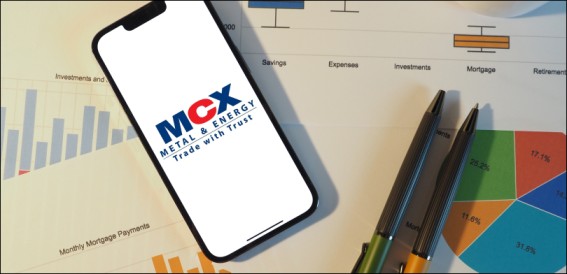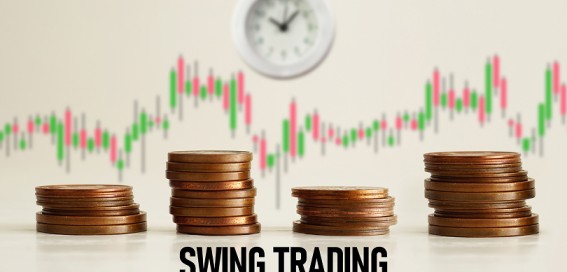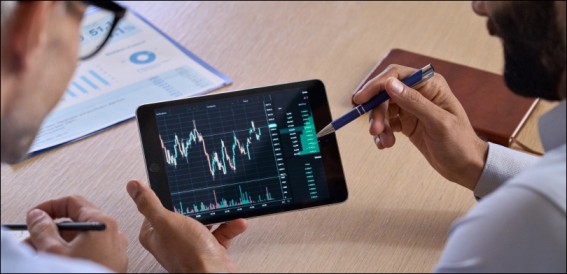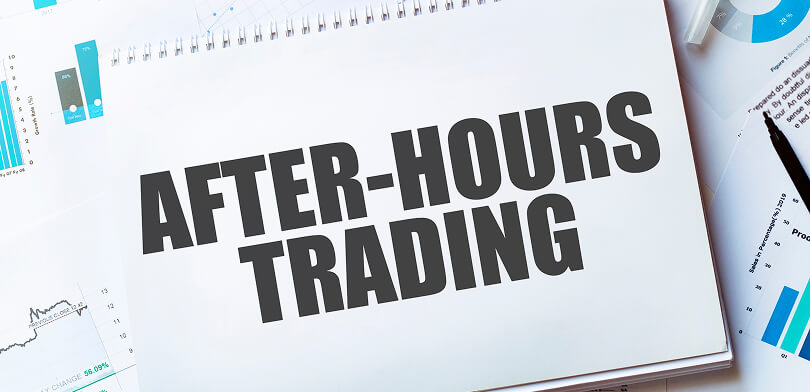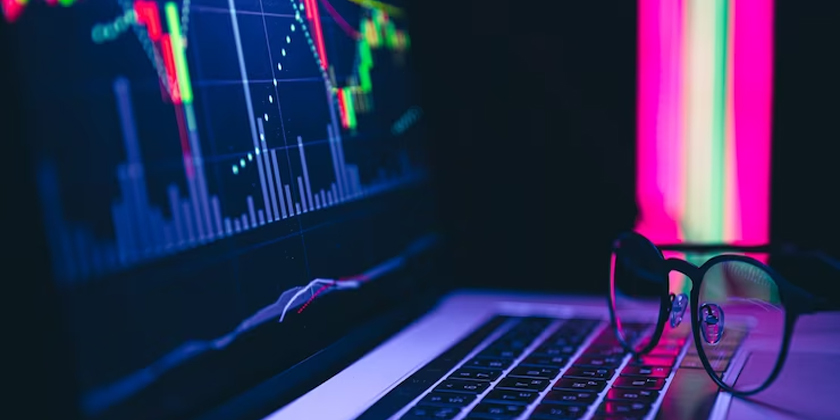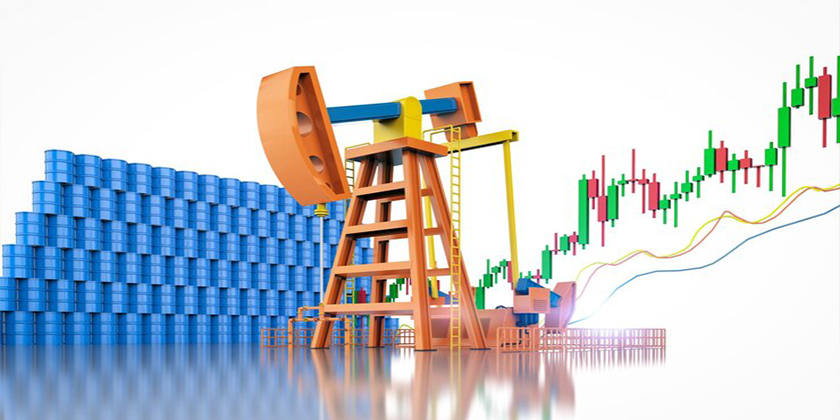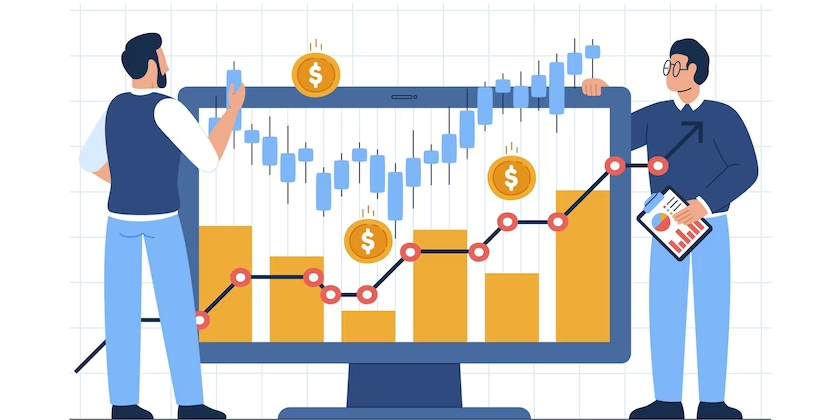MCX (Multi Commodity Exchange) facilitates trading in silver, gold, crude oil, and agricultural products. To invest, open a trading account with a SEBI-registered broker and complete the KYC process. Understanding market trends, price movements, and global factors is essential for informed trading.
Beginner traders buy assets as prices rise and sell when they decline, focusing on timing. Stop-loss orders help limit losses. New traders should start with demo accounts and small trades to gain experience before making larger investments.
Understanding MCX Trading
The Multi Commodity Exchange of India (MCX) is a primary platform for users to execute commodity futures transactions in India. It was launched in 2003 to allow trading contracts across commodities like gold, silver, crude oil, natural gas, and agricultural items such as cotton and wheat. MCX sets operational rules to ensure a transparent and secure trading environment. Its platform helps businesses and investors manage risks arising from commodity price fluctuations.
How MCX Helps Traders
MCX serves two main types of participants, hedgers and speculators. MCX gives hedgers, which include farmers, manufacturing companies and business entities, the opportunity to defend against price variability through future rate fixing. Speculators profit by taking advantage of price movements in the market. MCX stabilises the commodity market by ensuring effective price discovery and risk management.
Why Trade On MCX?
Trading commodities on MCX benefits investors and traders due to its platform characteristics. Some of which include:
- Diverse Trading Opportunities: Traders benefit from various commodities including metals, energy sectors, and farming products.
- Risk Management and Price Stability: The risk management function of MCX enables businesses and investors to secure future rates, protecting them from price alterations.
- High Liquidity and Fair Pricing: Fair market prices and easy buying and selling become possible because of MCX commodities’ high trading volumes.
- Regulated and Transparent Trading: The trading platform exists under SEBI jurisdiction to guarantee complete transparency, security and fair industry practices.
- Leverage Through Ask Mode: Ask Mode allows traders to expand their trading positions using only a small portion of their initial capital.
- Protection for Farmers and Businesses: Farmers, manufacturers and businesses benefit from MCX by using its platform to prevent the negative impacts of unexpected price changes.
- Profit Potential in Commodity Trading: The ability to produce profits arises from traders’ predicting future commodity price changes.
- Real-Time Market Insights: Accurate price trend predictions emerge from real-time market discoveries based on international and national conditions.
- Risk Diversification Through Commodities: Adding commodities to investment portfolios helps reduce risk exposure when stock market investments are included.
- Global Influence on MCX Prices: Global markets operate 24 hours a day, influencing MCX commodity prices, thus enabling continuous market sessions.
Begin your investing journey today. Your Demat account is the first step.
Step-by-Step Guide to Trading on MCX
Now, let’s dive into the steps involved in trading MCX commodities:
Step 1: Open a Trading and Demat Account
Choose a SEBI-registered broker that offers MCX trading and complete the KYC process by submitting ID proof, address proof, and bank details.
Step 2: Deposit Initial Funds
Transfer money to your trading account to start buying and selling commodities. Ensure you maintain sufficient margin as your broker requires to avoid order rejections.
Step 3: Select a Commodity
Choose from metals (gold, silver), energy (crude oil, natural gas), or agricultural products (cotton, soybean) based on market trends and your investment strategy.
Step 4: Analyse Market Trends
Use technical charts, price movements, and global market news to decide when to enter or exit a trade.
Step 5: Place an Order
Decide whether to buy (if expected prices rise) or sell (if expected prices fall). Orders can be market-based (instant execution) or limit-based (specific price execution).
Step 6: Monitor Your Trade
Keep track of price changes and adjust your strategy accordingly. Use stop-loss orders to limit losses and target levels to lock in profits. Regular monitoring helps you react quickly to market movements and manage risks effectively.
Step 7: Close Your Position
Exit your trade when the target profit is reached or if market conditions change. Profits or losses will reflect in your trading account.
Step 8: Settle Transactions
Commodity contracts are settled either in cash or through physical delivery, based on the type of trade and contract terms.
Step 9: Keep Learning and Improving
Stay updated with market news, government policies, and global trends to refine your trading strategies over time.
Step 10: Understand Taxation and Charges
Be aware of brokerage fees, transaction charges, and tax implications (such as Commodity Transaction Tax) to calculate your actual profits accurately.
Conclusion
MCX trading provides many opportunities for investors and traders who want to trade in commodities. First, open a trading account with a registered broker, conduct proper research, and follow risk management strategies. Like any other form of trading, MCX trading involves risks, so it’s important to learn and gain experience step by step. With the right knowledge and careful planning, you can effectively trade in the MCX market.

